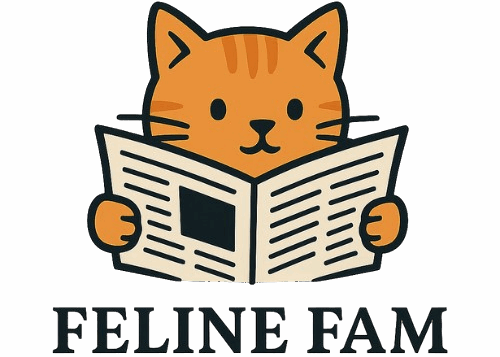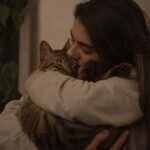Have you ever stared into your cat’s eyes and wondered, “What on earth are you thinking?” You’re definitely not alone. Cats are mysterious, hilarious, sometimes baffling creatures. One minute they’re purring in your lap, the next they’re bolting across the room like they’ve seen a ghost. The truth is, every swish of the tail, every twitch of a whisker, and every slow blink is their way of talking to us. Understanding cat body language can feel like decoding a secret code—one that, once cracked, brings you closer to your feline friend than ever before. Let’s dive into the fascinating world of cat communication and discover what your kitty’s really trying to say.
Tail Position: The Mood Indicator

The tail is your cat’s emotional barometer, and paying attention to it can reveal a lot. When a cat holds its tail straight up, it’s usually feeling confident, content, and happy to see you. A tail that’s puffed up like a bottle brush signals fear or aggression—think of it as your cat’s way of saying, “Back off!” If you notice the tail tucked tightly under the body, your cat may be anxious or scared. A gently swishing tail often means your cat is focused or slightly irritated, especially during play. On the other hand, a slowly wagging tail can mean your cat is annoyed, so give them some space. Just like a traffic light, your cat’s tail is always giving you signals—sometimes you just need to learn what each position means.
Ear Movements: Listening and Communicating
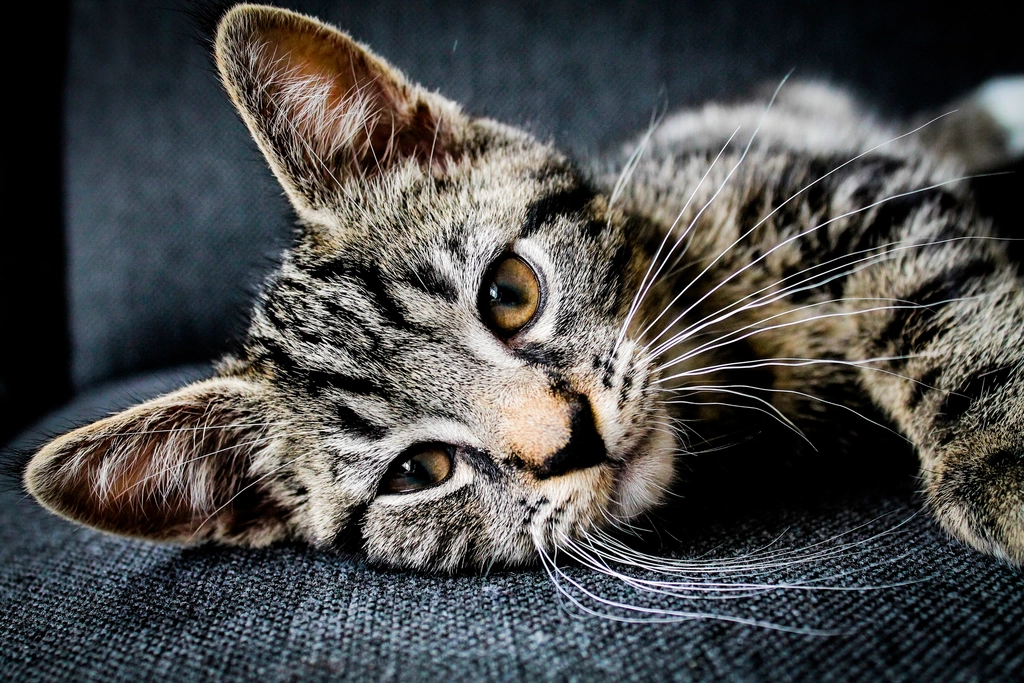
Cat ears are like little satellite dishes, picking up the slightest sound and broadcasting your cat’s mood at the same time. When a cat’s ears are pointed forward, it’s alert and interested—maybe watching a bird outside or listening to your footsteps. Ears turned sideways or flattened can mean your cat is scared, upset, or feeling threatened. Ears that swivel rapidly show your cat is trying to pinpoint a sound, possibly feeling anxious or overstimulated. If you see one ear facing forward and one back, your cat might be feeling uncertain or conflicted. Unlike dogs, cats rarely wag their tails to show happiness, so their ears are a key part of their expressive toolkit. Next time you talk to your cat, watch those ears—they’re telling you everything.
Eye Contact and Blinking: The Eyes Have It

Cats communicate a ton through their eyes, sometimes more than we realize. A direct stare can be interpreted as a challenge or even aggression, especially between cats. On the other hand, slow blinking is like a feline “I love you”—it shows trust and affection. If your cat gives you a slow blink, try blinking back; you might be surprised to see them do it again. Wide, dilated pupils can indicate excitement, fear, or even playfulness, while narrowed eyes often mean your cat is relaxed or feeling safe. If your cat avoids eye contact, they might be nervous or shy, so give them time to warm up. Learning to read your cat’s eyes helps deepen your bond in ways words never could.
Whisker Position: More Than Just a Mustache

Whiskers aren’t just for show—they’re sensory powerhouses that tell you how your cat is feeling. When whiskers are relaxed and pointing sideways, your cat is calm. If they’re pushed forward, your cat is curious or excited, perhaps about to pounce on a toy. Whiskers pulled tightly back against the cheeks usually signal fear or distress. It’s amazing how these tiny hairs can express so much about a cat’s inner world. During hunting or play, you’ll notice whiskers fan out as your cat focuses in on their “prey.” Whiskers help cats navigate the world, but they also help you understand your feline’s mood at a glance.
Purring: The Soothing Sound

Purring is one of the most iconic cat behaviors, but it’s not always a sign of happiness. While cats often purr when they’re content, such as during a cozy cuddle session, they may also purr when they’re scared, in pain, or feeling vulnerable. It’s their way of self-soothing or asking for comfort. Pay attention to the context—if your cat is purring while sprawled on your lap, it’s likely a sign of affection. But if they’re hiding and purring, check for signs of stress or discomfort. The gentle rumble of a purr can mean different things, so always look at the bigger picture before assuming your cat is just happy.
Meowing and Vocalizations: The Many Voices of Cats
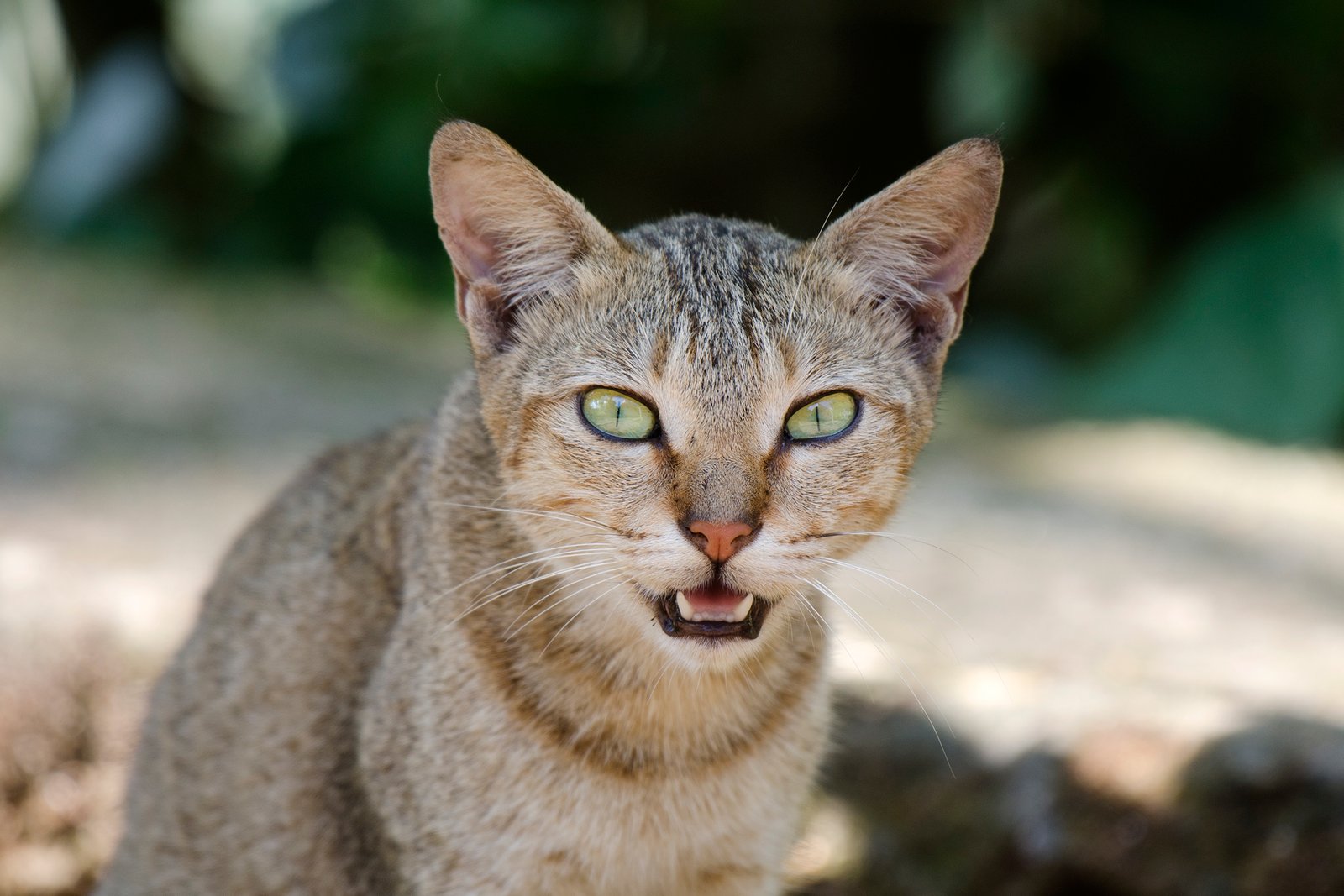
Did you know that adult cats rarely meow at each other? Meowing is actually a special language reserved mostly for communicating with humans. Every cat has its own unique “vocabulary,” from chirps and trills to yowls and chattering. A short, high-pitched meow usually means a friendly greeting, while a drawn-out, plaintive meow might signal hunger or a desire for attention. Loud, insistent meows can indicate pain or distress—never ignore these cries. Some cats are natural chatterboxes, while others are more reserved. Understanding the meaning behind your cat’s specific sounds helps you respond with exactly what they need.
Kneading: The Comforting Motion
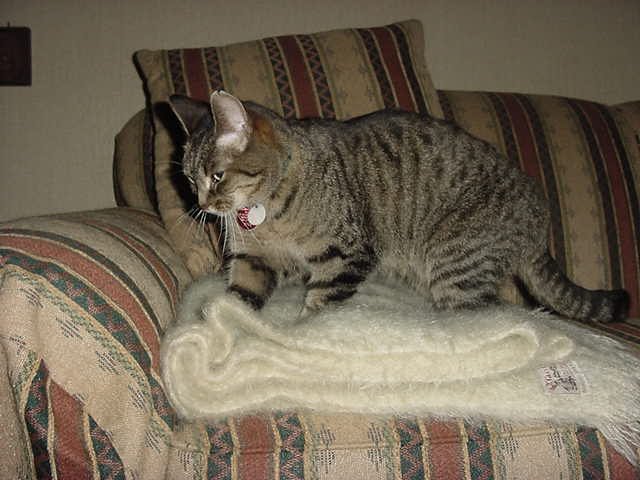
Kneading—when cats push their paws in and out against soft surfaces—looks adorable, but it’s also deeply meaningful. This behavior starts in kittenhood, when babies knead their mother’s belly to stimulate milk flow. Adult cats keep kneading as a comforting habit, often when they feel safe and content. If your cat kneads your lap, it’s a huge compliment—they’re saying they trust you completely. Occasionally, kneading can be a sign of stress or a way to mark territory, as cats have scent glands in their paws. Either way, kneading is a window into your cat’s feelings of comfort and security.
Head Butting and Rubbing: Signs of Affection
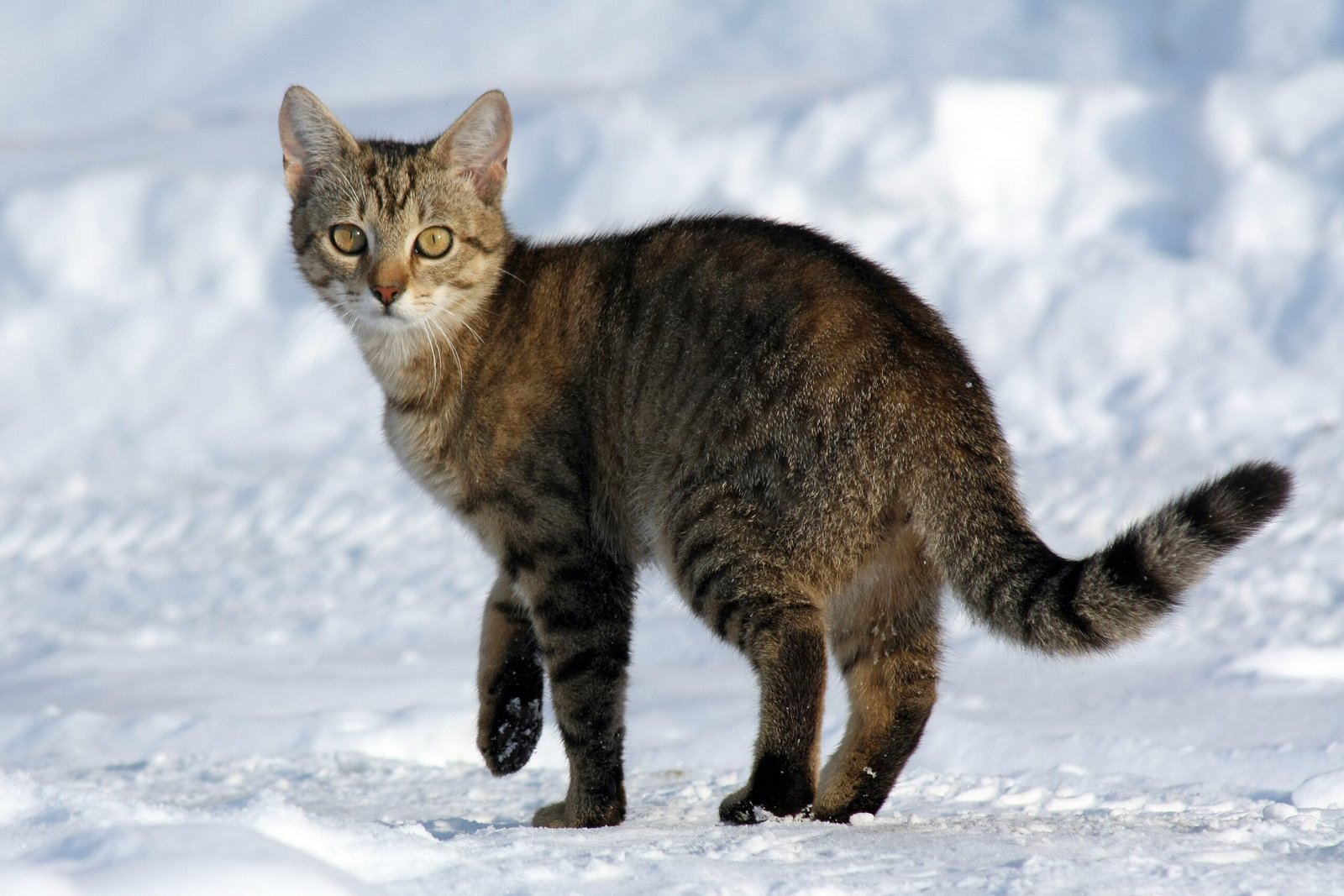
Cats love to rub their faces and heads against their favorite people, furniture, and even other cats. This behavior, known as “bunting,” is all about marking territory and showing affection. When your cat head-butts you, they’re leaving behind their scent and saying, “You’re part of my family.” Face rubbing on objects marks familiar territory and makes your cat feel safe. If your cat greets you with a gentle head bump, consider it a loving gesture. It’s their unique way of bonding and reminding you that you belong to them as much as they belong to you.
Body Posture: Reading the Whole Picture
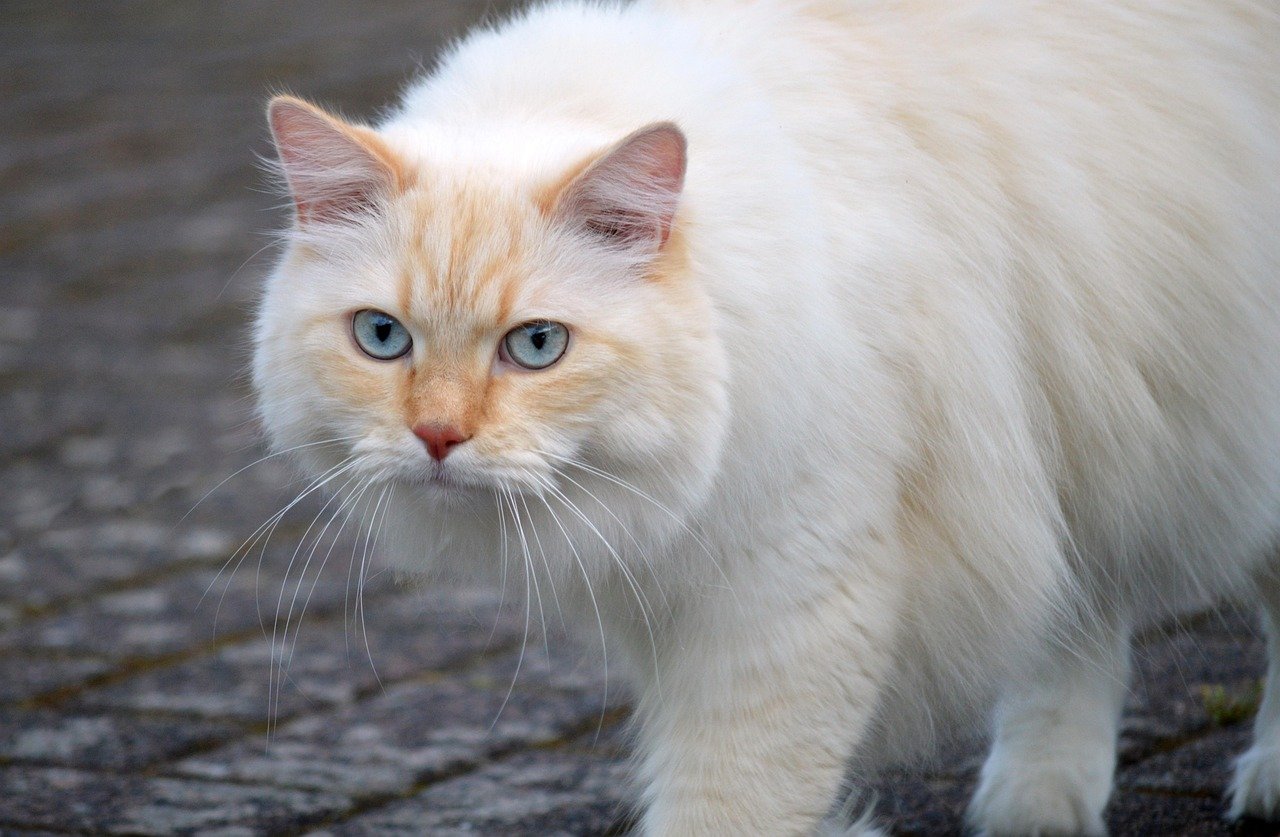
A cat’s overall body posture tells you so much about how they’re feeling in any moment. A relaxed cat will lounge with loose limbs, sometimes sprawled out on their back. If your cat is crouched low to the ground with fur standing up, they’re likely scared or defensive. An arched back can mean your cat is startled or trying to make themselves look bigger in the face of a threat. Stretching is a good sign—a relaxed cat will often stretch luxuriously after a nap. The key is to look at the whole body, not just one part, to understand what your cat is trying to communicate.
Playful Behavior: The Joy of the Hunt

Play is more than just fun for cats—it’s how they practice their hunting skills and relieve stress. Watch how your cat crouches, wiggles their hindquarters, and then leaps at toys or shadows. These movements mimic the way they’d stalk prey in the wild. Playful cats may chase their tails, pounce on moving objects, or dart around the house in sudden bursts of energy (the infamous “zoomies”). Play is a sign of a happy, healthy cat, so encourage your kitty with interactive toys and time together. Remember, play isn’t just about exercise—it’s also a way for cats to communicate joy and trust.
Grooming: Self-Care and Social Bonds
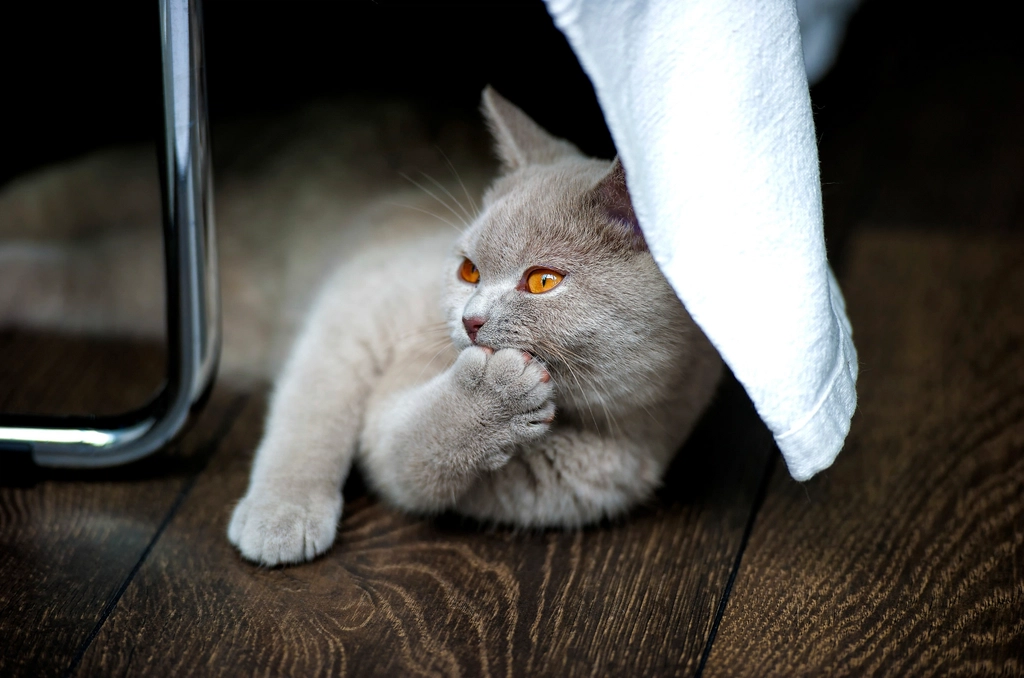
Cats spend a shocking amount of time grooming themselves, and it’s not just about staying clean. Licking helps cats regulate body temperature, distribute natural oils, and relax. When cats groom each other—called allogrooming—it’s a sign of close friendship and trust. If your cat licks you, they’re treating you like family. Excessive grooming, though, can be a sign of stress or discomfort, especially if you notice bald patches or wounds. Watch your cat’s grooming habits for clues about their emotional and physical health.
Hiding: Seeking Safety or Solitude
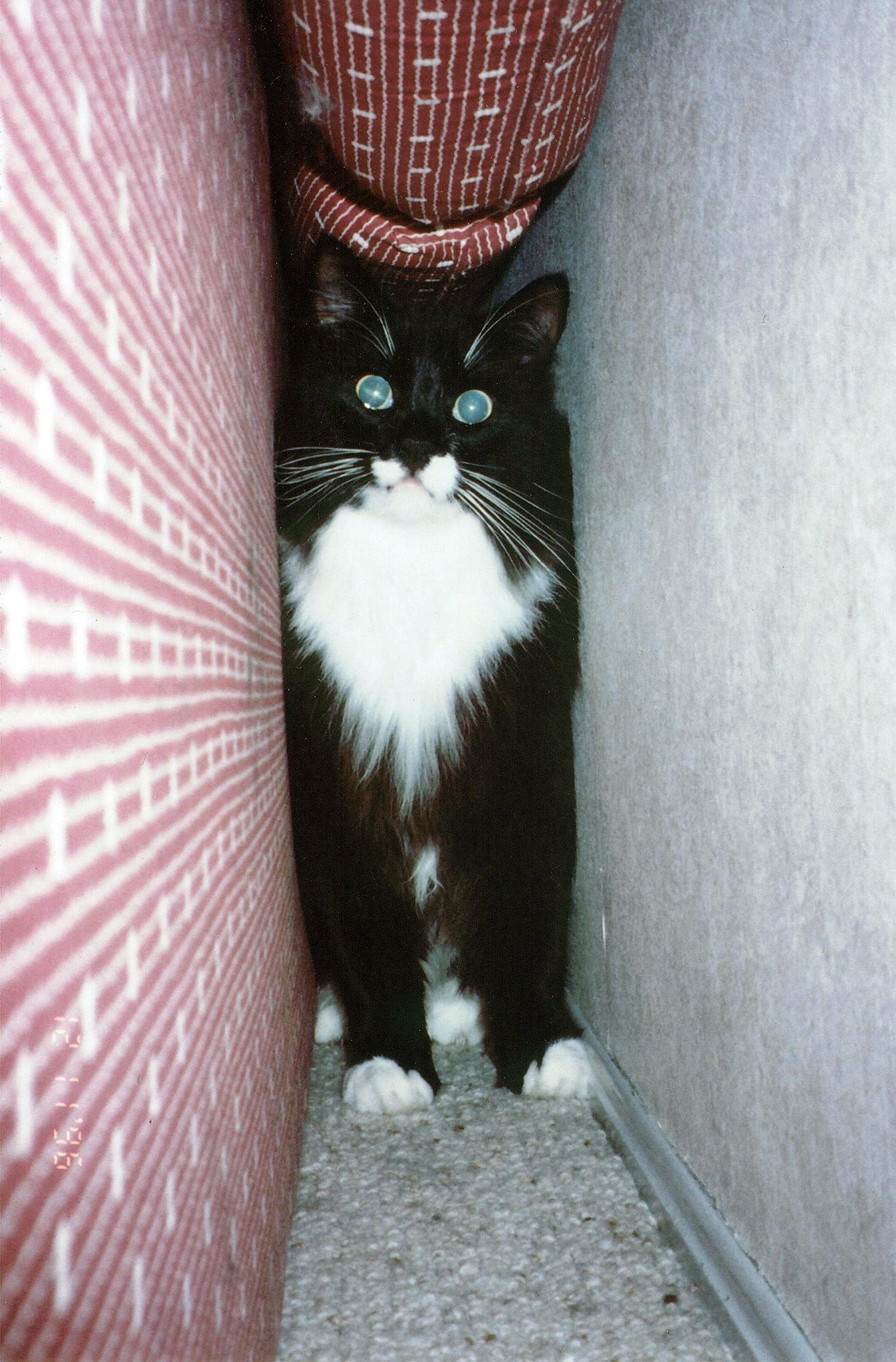
Cats are masters at disappearing—under beds, inside boxes, or behind curtains. Hiding is completely normal, especially in new or stressful situations. It’s your cat’s way of feeling safe and in control. However, if your usually social cat starts hiding more than usual, it could signal illness or anxiety. Provide quiet, cozy spaces for your cat to retreat, but also keep an eye out for changes in hiding behavior. Sometimes, all your cat needs is a little space to recharge and feel secure again.
Rolling Over: Trust and Playfulness

When a cat rolls onto its back and exposes its belly, it’s not always an invitation to pet—though it can be tempting! This vulnerable posture shows a high level of trust and comfort. Sometimes, cats roll over as a playful gesture, inviting you to interact or play. Other times, it’s a way of stretching or cooling off on a hot day. If you do reach for that adorable belly, be prepared for a swift (and playful) paw swipe—many cats are sensitive about their tummies.
Chattering: The Hunter’s Frustration

Have you ever heard your cat make a rapid, chattering sound while staring at birds or squirrels through the window? This odd noise is a mix of excitement and frustration. Experts believe chattering mimics the killing bite, or it could just be a way for cats to vent energy when they can’t reach their “prey.” It’s a fascinating glimpse into your indoor cat’s wild instincts, and usually nothing to worry about. Watching your cat chatter is both funny and a reminder of their untamed nature.
Scratching: Communication and Claw Care
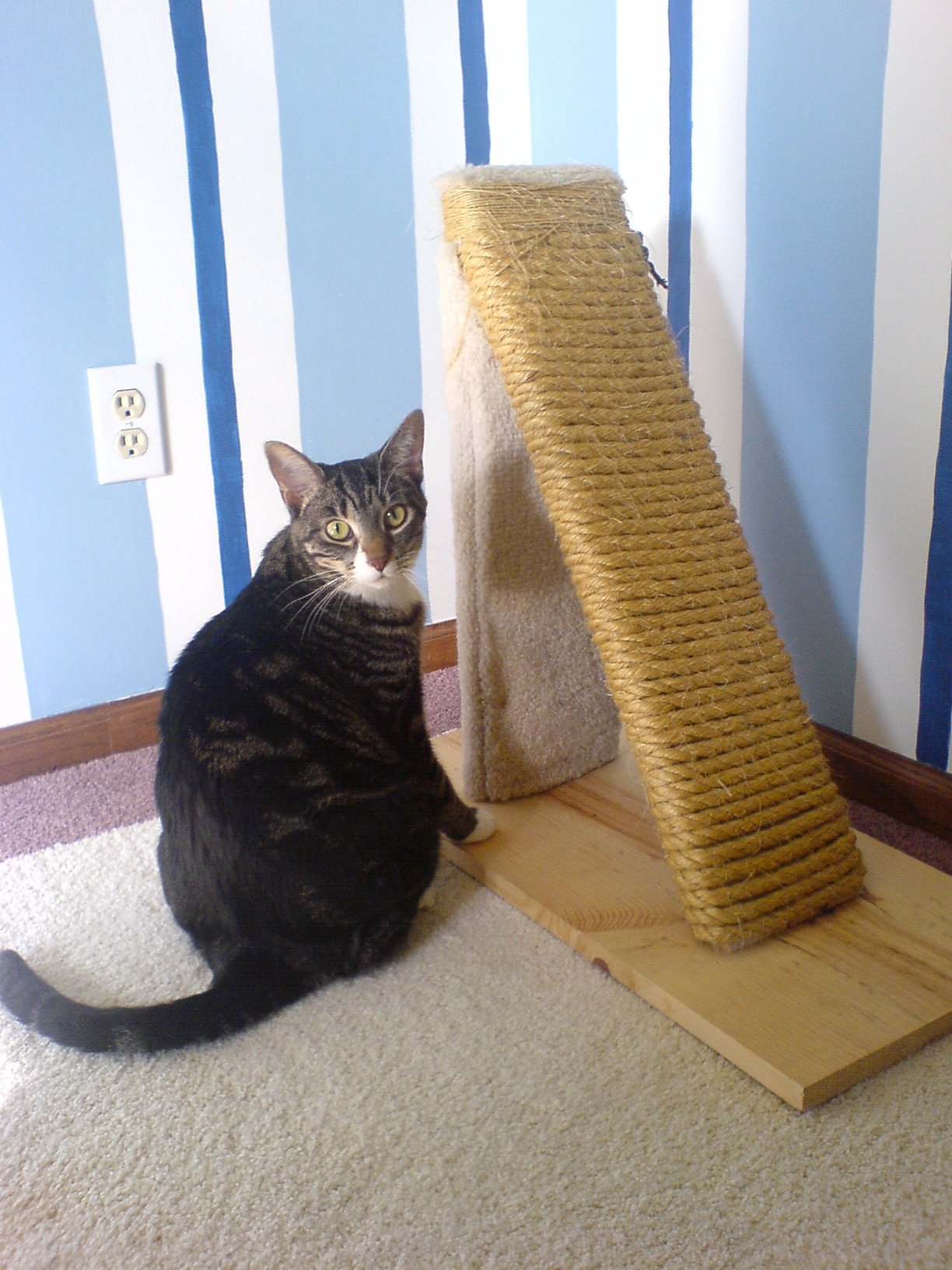
Scratching isn’t just about keeping claws sharp—it’s a vital form of communication. Cats have scent glands in their paws, so when they scratch, they’re marking territory both visually and with scent. Scratching helps cats stretch their muscles and relieve stress. If your cat is scratching furniture, they may be claiming it as their own or simply enjoying a good stretch. Provide sturdy scratching posts and pads to keep your cat happy and your couch safe. Scratching is part of a cat’s daily routine, and understanding why they do it can help you live in harmony.
Tail Twitching: Mixed Signals
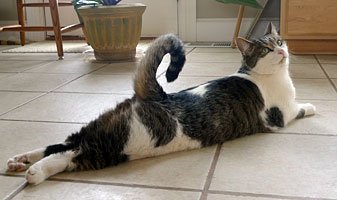
A twitching tail can mean many things, depending on the speed and context. Quick, sharp twitches often signal irritation or excitement, especially if your cat is focused on a toy or another animal. Slow, gentle tail movements usually indicate curiosity or mild annoyance. If your cat’s entire tail is quivering, they might be greeting you with joy—some cats do this when they’re especially happy to see their favorite person. Learning to interpret tail twitches can help you avoid misunderstandings and keep your cat content.
Back Arched: Defensive or Playful?
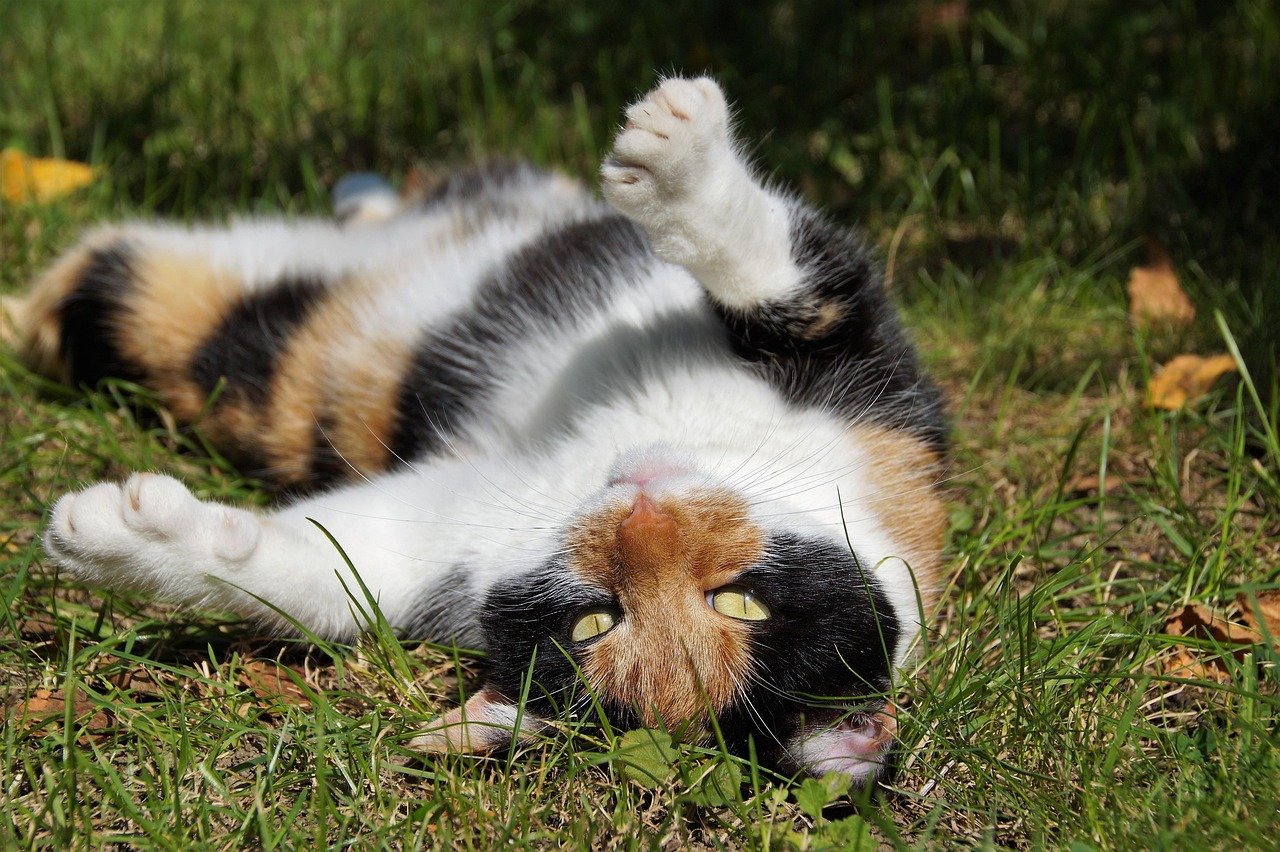
The classic Halloween cat pose—arched back, fur standing on end—isn’t always what it seems. In a defensive situation, a cat will arch its back to look bigger and more intimidating. But during play, you might see the same pose, especially in kittens. The difference is in the rest of the body: playful cats have relaxed faces and may hop sideways, while frightened cats are tense and may hiss or spit. Understanding the context helps you tell the difference between a playful pounce and a defensive warning.
Puffed Up Fur: Fear or Excitement
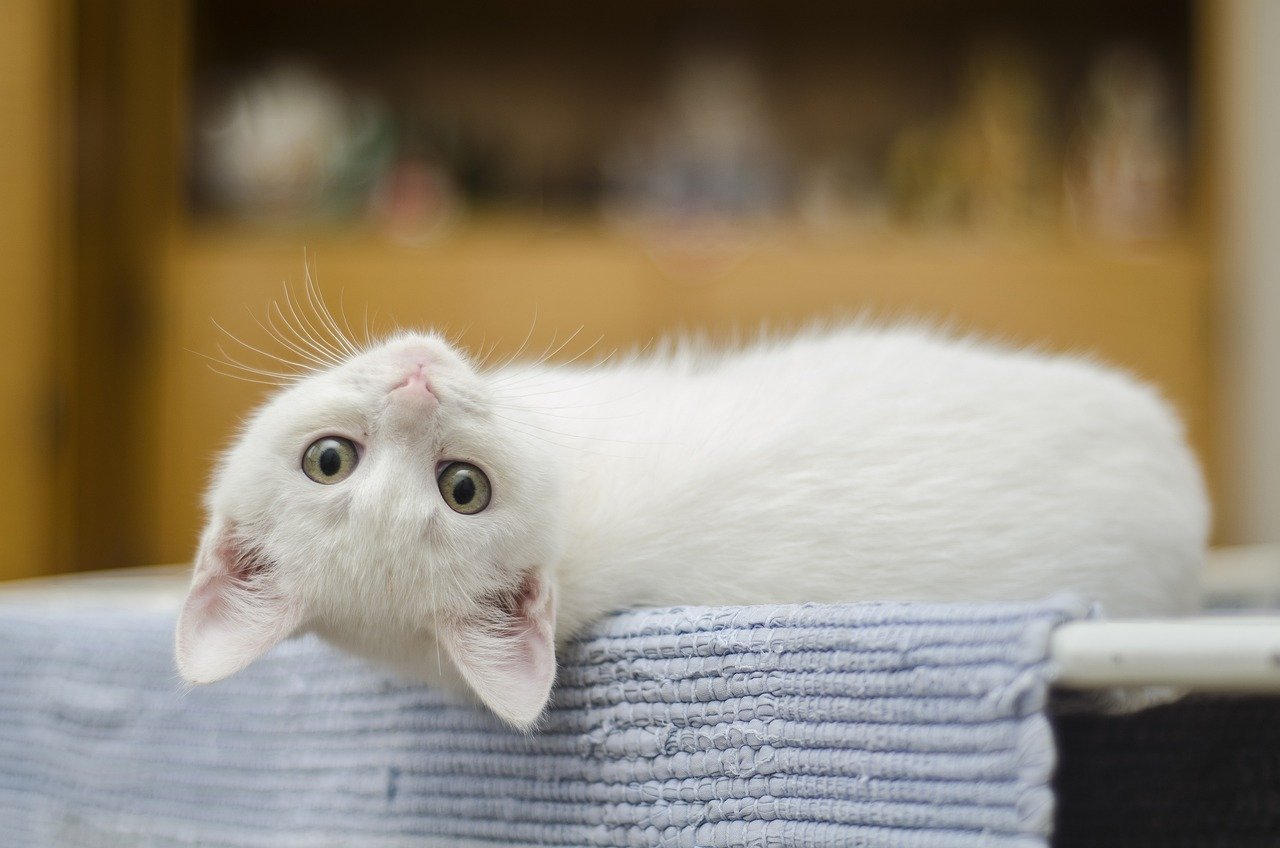
When a cat’s fur stands on end, from the tail to the neck, it’s called piloerection. This dramatic display usually happens when a cat is startled or scared, making them look larger to potential threats. Sometimes, cats puff up when they’re excited, especially during wild play sessions. If your cat suddenly looks twice their normal size, give them space to calm down. This instinctive reaction is all about self-preservation and is a clear sign your cat is feeling intense emotions.
Sleeping Positions: Clues to Comfort

Cats spend much of their lives sleeping, and their sleeping positions can tell you a lot. A cat curled tightly into a ball may be conserving heat or feeling a bit vulnerable. If your cat sprawls out on their back with paws in the air, they feel completely safe and secure. Cats often change positions throughout the day, seeking comfort or coolness. Pay attention to where and how your cat sleeps—it’s a window into their sense of safety and happiness.
Greeting Rituals: Welcoming Their Humans
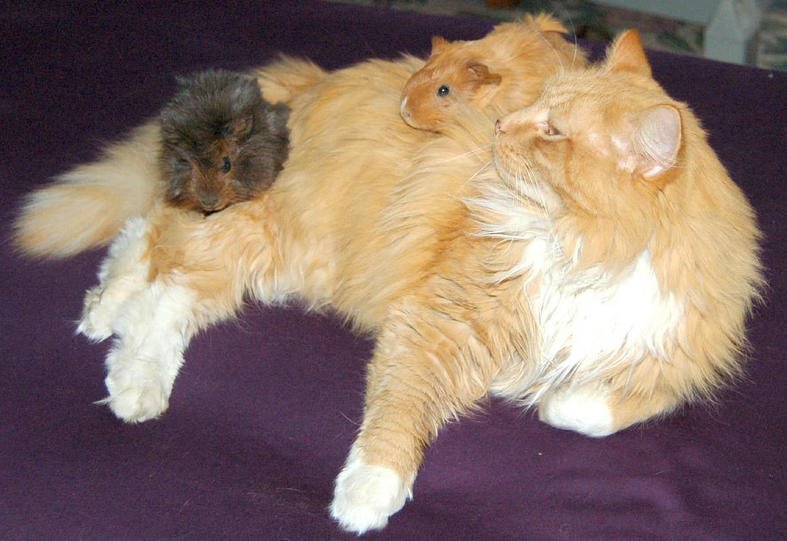
How your cat greets you says a lot about your relationship. A tail held high, a friendly rub against your legs, or a series of chirps and trills are all signs your cat is happy to see you. Some cats flop over and show their bellies, while others weave between your feet. Even a simple head bump is a warm welcome. Greeting rituals are your cat’s way of saying, “You’re part of my world.” Cherish these moments—they’re proof of your special bond.
Warning Signs: When to Give Space
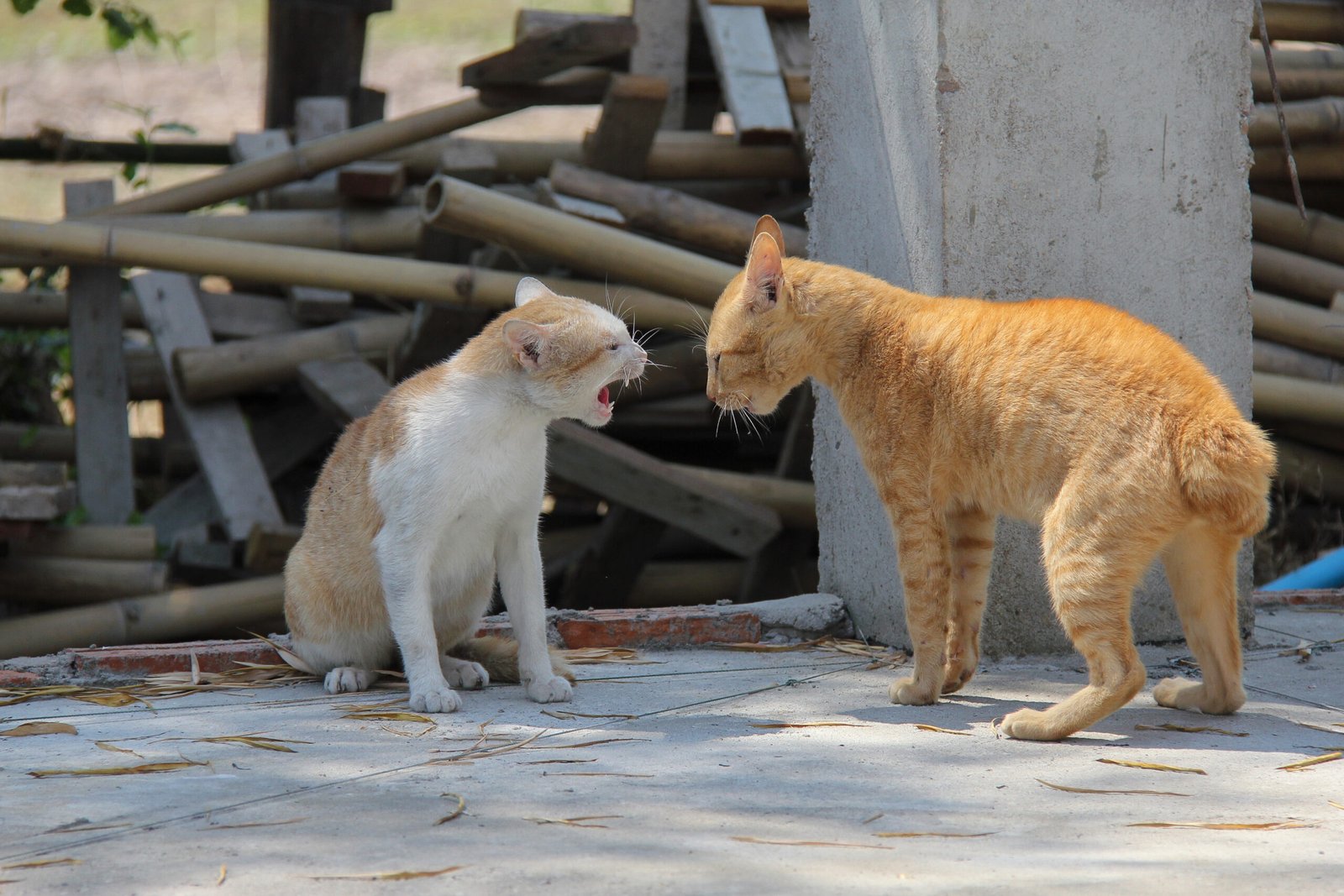
Sometimes, a cat’s body language is a clear warning to back off. Flattened ears, dilated pupils, hissing, growling, or a whipping tail all signal stress or aggression. If you notice these signs, it’s best to give your cat some space and let them calm down. Pushing a scared or angry cat can lead to scratches or bites. Learning to recognize these warning signals keeps both you and your cat safe, and helps build trust over time.
Hi, I’m Bola, a passionate writer and creative strategist with a knack for crafting compelling content that educates, inspires, and connects. Over the years, I’ve honed my skills across various writing fields, including content creation, copywriting, online course development, and video scriptwriting.
When I’m not at my desk, you’ll find me exploring new ideas, reading books, or brainstorming creative ways to solve challenges. I believe that words have the power to transform, and I’m here to help you leverage that power for success.
Thanks for stopping by, Keep coming to this website to checkout new articles form me. You’d always love it!
